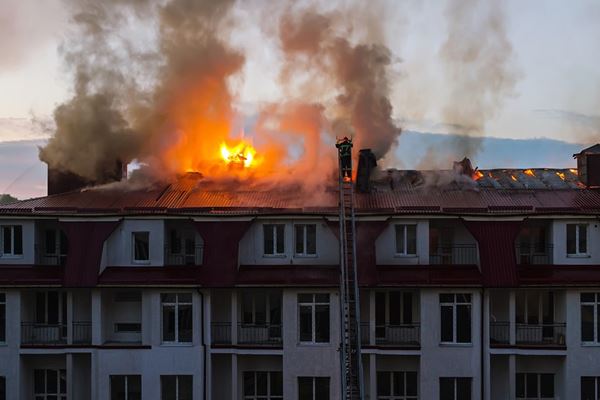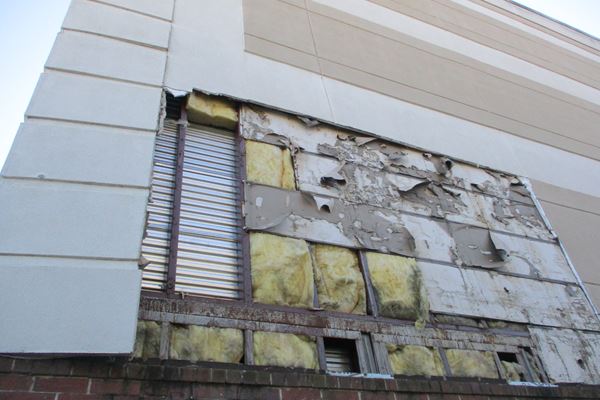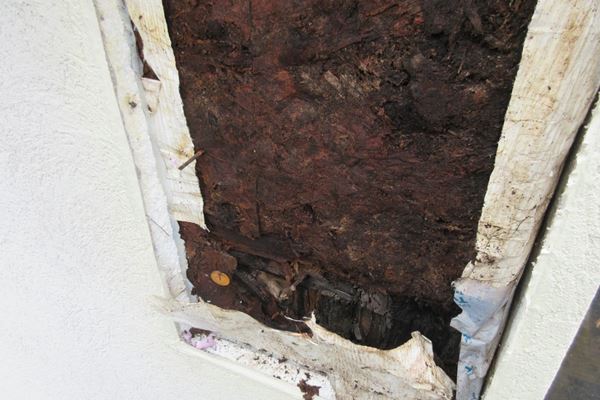Cracking the Surface: Exploring Construction Defect Claims in Stucco Applications

Despite the evolution of stucco design and installation practices over the years, building codes have long-established requirements for such systems. One would expect that most designers and contractors are well-versed in the intricacies of stucco design and installation. However, construction defect claims and litigation persist, raising questions about the reasons behind this ongoing issue.
The International Building Code (IBC), which serves as the model building code for numerous countries, including the United States, outlines specific general requirements. These requirements are also mirrored in state codes and residential counterparts. They encompass the following key provisions:
- Ensuring the exterior wall envelope is resistant to weather conditions.
- Stucco installation must adhere to the standards set by ASTM C926 and ASTM C1063.
- The thickness of stucco coats required depends on the underlying substrate.
- Metal laths and attachments must be constructed using corrosion-resistant materials.
- An approval process is in place to evaluate alternative materials and methods.
These general requirements pertaining to stucco installation are consistent throughout the country.
Challenges Faced in Stucco Installation
In regions with high moisture levels, certain issues, such as a blocked weep screed, reverse-lapped flashing, or improperly applied scratch coat, can increase the likelihood of damage to underlying components. The presence of additional moisture provides more opportunities for water intrusion. Homeowners and plaintiffs can easily identify signs of moisture stains on drywall and potential fungal growth (mold), which often triggers the initiation of litigation proceedings.
Common allegations with the stucco installation include:
- Surface Preparation
- Thickness
- Mix Design and Installation
- Accessories and Installation
- Substitutions and Contractual Language
- Joints and Terminations
- Weather Conditions
However, it is important to thoroughly investigate other potential causes of cracks and moisture intrusion in order to determine the true extent of responsibility. Conducting a comprehensive review of design documents, such as specifications, design drawings, requests for information, change orders, and contracts, can offer valuable insights into the interactions among all involved parties.
For instance, cracks in stucco may be attributed to factors like improper thickness or joint installation. However, they could also be a direct consequence of specified joint spacing as determined by the designer of record, or even settlement of the structure, which involves multiple parties including the geotechnical engineer, general contractor, designer of record, earthwork contractor, and foundation contractor. By examining these design documents and the roles played by various stakeholders, a clearer understanding of the cause or the root cause can be obtained.
Moisture intrusion into a building could be the result of ineffective stucco installation but could also be attributed to:
- Contractual language and direction from the owner, developer, or general contractor
- Ineffective or improperly installed weather-resistive barrier
- Vapor barrier below the slab
- Interface between stucco to the fenestration systems (windows/doors) including spacing and sealants
- Slope of grade
- Design errors or omissions
- Openings created by other trades
- Inappropriate materials or material failure
The Moving Parts of a Construction Project
Numerous parties are involved in construction projects, including owners, developers, architects, designers, engineers, contractors, subcontractors, and material suppliers. Discussions between these parties can result in the transfer of risk from one party to another through contractual agreements. Owners and developers often assume limited responsibility and risk for construction quality, separating themselves from the project's design, construction, and material supply aspects. This detachment helps minimize the potential for claims of errors and omissions (E&O) or negligence at a later stage.
Design professionals, such as architects and engineers, are bound by their contracts and industry standards, including the standard of care. Changes made during construction can raise questions about whether the design professionals should have allowed these modifications. Boilerplate contracts have generally been effective in protecting design professionals, but there have been instances where the margin of victory was narrow. With the evolving landscape of construction defect claims and litigation, the industry may need to brace itself for potential complications if a case takes an unexpected turn.
Contrasting design professionals, contractors have faced more challenges in litigious cases of this nature. General contractors are contractually obligated to construct buildings in accordance with the contract, plans, and specifications. Allegations of defects often stem from deviations from these documents. When general contractors hire subcontractors, the language in contract documents becomes crucial. For example, contractual terms may explicitly hold the general contractor responsible for the actions and omissions of subcontractors. This complexity involving subcontractors can impact the insurance industry and indemnity obligations.
As laws and legal precedents surrounding construction defects continue to evolve, it is crucial to reflect on past mistakes and incorporate lessons learned into future decision-making. Effective communication and education play a vital role in this process. Establishing clear channels of communication among developers, designers, contractors, and subcontractors can significantly reduce the likelihood of issues arising that may result in construction defects.
Adapting to the current landscape of stucco claims, ranging from unfounded to genuine, requires proactive measures. While completely avoiding stucco claims may not be possible, being well-prepared is essential. Just as communication and education are crucial in preventing construction defects during the design and construction phases, they are equally important in the claims process to prevent any missteps or mishandling of the situation. By prioritizing effective communication and continuous education, stakeholders can better navigate the challenges posed by stucco claims.
Our experts are ready to help.



